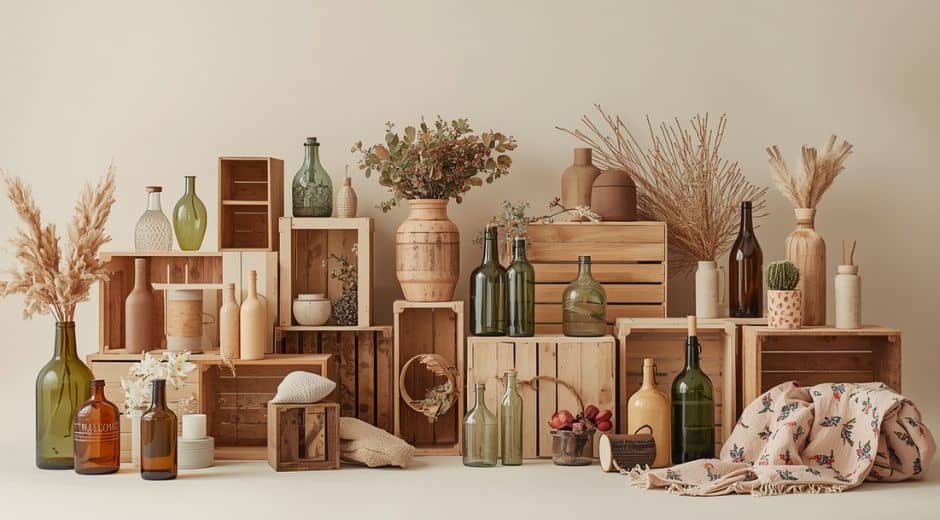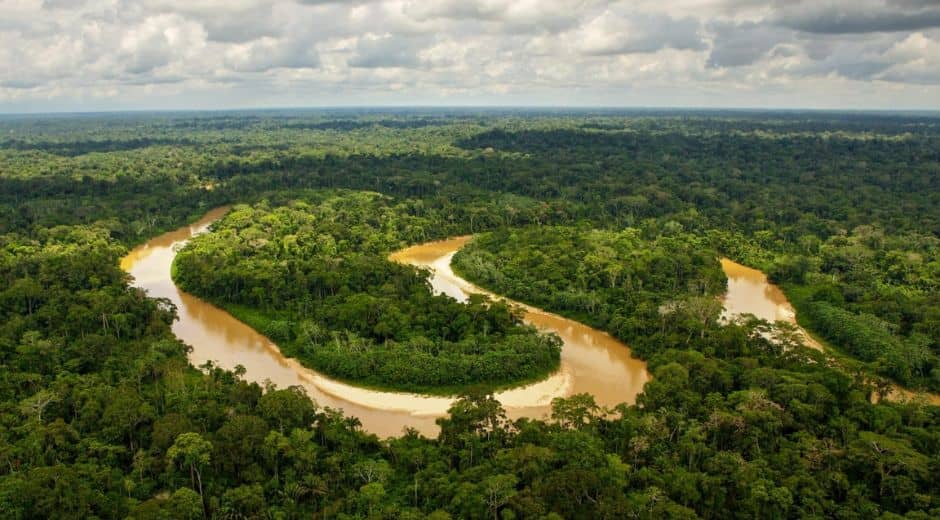Upcycling: Creative Ways to Reduce Waste and Transform Everyday Items
Modern sustainability is built on action, creativity, and practical choices that replace harmful habits with healthier ones. Among all environmental practices, Upcycling stands out as a powerful way to reduce waste while adding beauty, usefulness, and innovation to everyday objects. Instead of throwing items away, this method transforms old materials into something new, giving forgotten things a second chance at life.
As people search for ways to reduce their environmental impact, Upcycling provides an accessible and inspiring path. It encourages individuality, cuts pollution, and reconnects communities with the value of resourcefulness.
What Upcycling Really Means
Unlike recycling, which breaks materials down into raw components, Upcycling elevates existing items by repurposing them creatively. A glass jar becomes a lantern, worn-out jeans become a tote bag, or old wooden pallets transform into stylish furniture.
This practice reflects an intentional lifestyle where waste becomes opportunity. Anyone, regardless of age or skill, can experiment with simple projects that build meaning, reduce consumption, and promote sustainable thinking.
Why Upcycling Is an Essential Eco Tip
The modern world produces millions of tons of waste every year. Landfills overflow, oceans fill with plastic, and natural resources disappear faster than they regenerate. Upcycling helps reverse this trend by extending the life of products and preventing unnecessary disposal.
According to EPA studies, waste reduction methods significantly decrease pollution, conserve raw materials, and save energy. Every object that is repurposed means one less item manufactured, transported, and discarded.
Creative transformation also sparks joy, encouraging people to value what they already own.
How Upcycling Helps the Environment
When items are given new purpose, fewer resources are extracted from the Earth. Trees remain standing, metals stay in the ground, and fossil fuels stay unused. The ripple effect is immense. By practicing Upcycling, communities create less air pollution, release fewer greenhouse gases, and preserve wildlife habitats.
Even small projects contribute to environmental health by reducing demand for fast-produced goods that rely on intensive manufacturing. Over time, these simple actions build a culture of environmental responsibility.
Upcycling and Personal Creativity
One of the most beautiful aspects of Upcycling is how it unleashes creativity. Instead of buying new products, individuals tap into imagination to design unique pieces. Handmade planters, decorated vases, restored furniture, and clothing redesigns become expressions of personal style.
This creative process also builds confidence. People discover skills they never knew they had — painting, crafting, sewing, or woodworking. Families enjoy bonding over transformation projects, turning ordinary weekends into meaningful experiences.
Everyday Materials You Can Upcycle at Home
Many households throw away items that could easily be repurposed. Cardboard boxes become storage bins; tin cans turn into pencil holders; wine bottles become elegant décor.
Wooden crates can serve as shelving units. Old shirts transform into cleaning cloths or bags. Even broken electronics can be dismantled to recover useful parts.
These small acts of Upcycling drastically reduce household waste and encourage mindful consumption.
Upcycling in Fashion and Design
The fashion industry is known for massive environmental impact, but Upcycling has sparked a revolution. Designers now remake vintage textiles into modern outfits, proving that style and sustainability go hand in hand.
Brands also partner with local artisans to reuse discarded fabrics, preventing them from entering landfills. Consumers embrace these items because they are unique, ethical, and environmentally friendly.
Creative home décor also flourishes through reclaimed wood, antique restoration, and reimagined vintage pieces.
Technology and Innovation in Upcycling
Modern innovation has amplified the potential of Upcycling. Apps connect users with local materials available for repurposing. Online communities share tutorials and project ideas. Digital tools help people redesign items with precision and imagination.
Sustainable technology companies, showcased on platforms like FinanceWorldHub, highlight new methods for turning industrial waste into functional materials.
From 3D printing with repurposed plastic to converting old electronics into smart devices, technology pushes creative reuse into new territories.
Community Upcycling Projects Making a Difference
Communities worldwide are adopting creative reuse to improve public spaces, support charities, and inspire local environmental movements. Shared workshops teach people how to repair and transform items. Artists build sculptures from discarded materials, turning waste into cultural landmarks.
Schools encourage students to design projects that make use of everyday items, helping children understand the environmental impact of consumption. These activities make sustainability visible and exciting.
Upcycling for Beginners: Simple Steps to Start
Starting this habit doesn’t require special tools or advanced skills. The easiest approach is observing what you throw away. Instead of discarding jars, fabrics, boxes, or broken furniture, look for potential in their shapes and materials.
Begin with small, manageable projects like repainting old containers, turning tins into storage, or transforming glass bottles into vases. Over time, explore more advanced creations and learn from online communities.
As confidence grows, Upcycling becomes a natural part of daily life — a mindset rather than a task.
How Upcycling Supports Local Economies
Creative reuse stimulates local business by encouraging craft markets, artisan shops, and repair workshops. Handmade upcycled goods often attract customers seeking originality and sustainable craftsmanship.
This reduces dependence on mass-produced items and supports community artisans. It also helps revive traditional skills that strengthen cultural identity and local economies.
Environmental Education Through Upcycling
Teaching the value of Upcycling helps people understand how their choices affect the planet. Workshops, online tutorials, and community events empower individuals to rethink what they consider “waste.”
Environmental organizations use these activities to demonstrate the importance of conservation, resource management, and conscious consumption.
According to National Geographic, global waste reduction is one of the most effective ways to curb pollution and protect ecosystems.
Internal Connection: A Lifestyle That Changes the Planet
At BioNatureVista, we explore ways to align everyday habits with nature’s health. Upcycling stands as one of the most accessible paths toward a greener life, offering creativity, practicality, and environmental impact all at once.
When individuals repurpose items instead of discarding them, they create a lifestyle centered on respect for the planet and appreciation for craftsmanship.
Conclusion: Transforming Waste Into Possibility
Upcycling is more than a trend — it is a commitment to transforming the old into something better. It challenges the culture of waste, encourages creativity, supports local economies, and protects natural resources.
Every repurposed object becomes a step toward a more mindful, sustainable world. The beauty of this practice lies in its simplicity: anyone can do it, anywhere, with whatever materials they already have.
By embracing this mindset, we turn everyday waste into endless possibilities and contribute to a world where fewer things are thrown away and more things are transformed with purpose.
Nature Inspires Every Step

How Tundra Wildlife Survives Extreme Arctic Conditions
How Tundra Wildlife Survives Extreme Arctic Conditions

Life Above the Trees: Exploring the Rainforest Canopy
Life Above the Trees: Exploring the Rainforest Canopy













